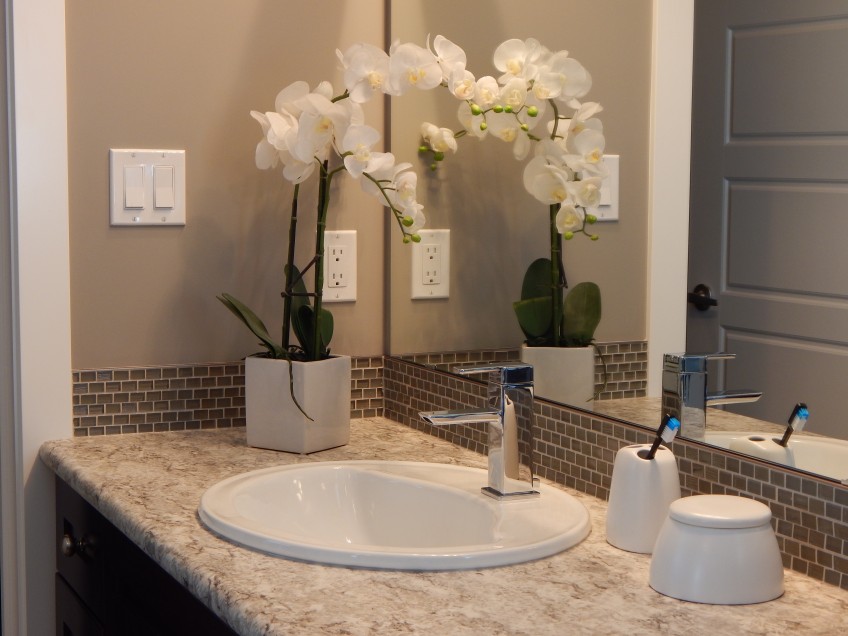Introduction
GFCI (Ground Fault Circuit Interrupter) outlets are designed to stop the flow of electricity in case of a ground fault, which is usually caused by dropping an electrical device into a wet area. These outlets are required by code and should be tested quarterly.
Step by step
Ground fault shocks cause 300 deaths a year, many of which would be avoided with properly functioning GFCI (ground fault circuit interrupters) protection. GFCI outlets have been standard in homes since the 1980s. You’ll mostly see them around any wet areas such as bathrooms and kitchens and potentially wet areas such as basements and garages. These are designed to trip the flow of electricity off instantaneously if a connected appliance experiences a ground fault, usually caused by dropping the appliance in water.
The good news is that these are outlets are easily tested in one single step. Be sure to perform this task monthly and immediately address any issues.
- Check the GFCI outlets
Get a lamp or voltage tester and plug it in to each GFCI outlet. Make sure the lamp comes on or the voltage tester indicates power. Now look for the ‘TEST” button on the outlet. Hit this and the lamp should turn off and the “RESET” button pop out. Push the “RESET” button back in and the lamp or tester should turn back on.
If the outlet doesn’t turn off the lamp when you hit the “TEST” button you have a faulty GFCI outlet and are at risk! Mark this outlet as faulty and make plans to replace it immediately. Here’s a tutorial on how to replace a GFCI outlet. If you are not comfortable doing this yourself please contact a qualified electrician. - Mark Complete!
We’ll also remind you to complete a more thorough electrical system test in November but this task is good for now.




